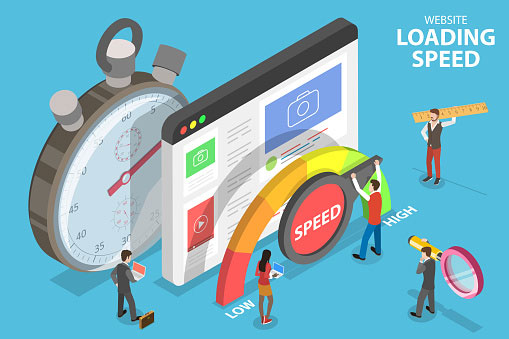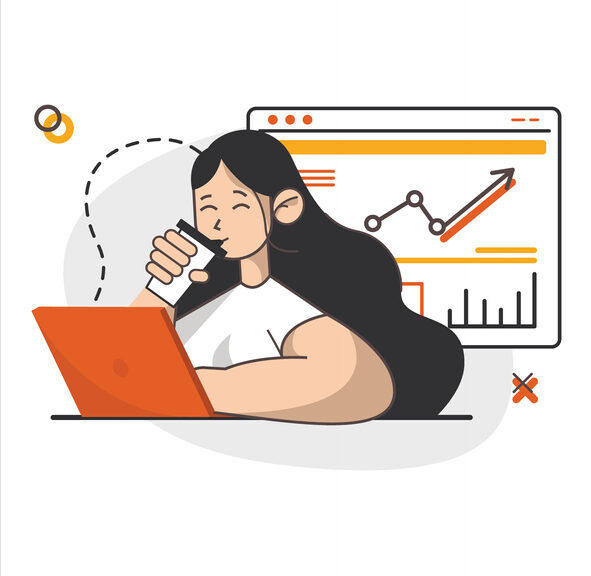In a world where we can receive any information we could want within seconds, slow site speed can ruin a page experience and negatively impact your website in the same amount of time. Additionally, when using a computer or a mobile device, you have already lost a user if it takes too long to load.
The ideal SEO page experience starts when the user clicks on a link. The page loads immediately and has it all, including captivating headers and creative content. Providing the optimal page experience for any SEO user will continue to drive positive engagement to your site.
What is Page Experience SEO?

Page experience SEO is a set of signals used to measure how users perceive the experience of interacting with a web page beyond its informational value. Page experience SEO includes Core Web Vitals, a set of metrics used to measure real-world user experience. This incorporates loading performance, interactivity, and the visual stability of a page.
Google has also created an opportunity for SEO users to improve their pages positively. You can improve your page experience by optimizing page speed, loading time, visual stability, interactivity, and even mobile-friendliness. While that list may have once been something companies liked to implement, they are now necessities.
What Are the Core Web Vitals?
- Content Loading Speed
- Interactivity
- Visual Stability
Why Is Site Speed Important?
Site speed shows how quickly a user can see and interact with your content. This information can help you identify areas that may need improvement and help you track those improvements. The ability to track the improvements also helps to optimize page experience.
Site speed measures three aspects of latency: page load time, load time, and how quickly the browser analyzes the web page and makes it available for user interaction. These site speed SEO tactics can make or break your page experience and its success.
Does Site Speed Affect SEO?
Site speed affects SEO drastically. It is essential for a website—so essential, in fact, that Google has made it a top-ranking factor. However, it can indirectly negatively affect rankings as well. Slow site speed increases bounce rates and even reduces dwell time, which is the opposite of what SEO specialists are working to accomplish.

What is the Ideal Site Speed?
You have great content and even better headers, so what is next? While you want to continue providing a good page experience, you are probably thinking about the site speed you would like to aim for. Is the answer usually, “As fast as you can get it?”
A good goal is around 1-2 seconds. That may feel daunting, but if you opt for the best SEO page experience, the faster that goal, the better results. However, your site speed won’t matter if you soley focus on speed and not the customer experience.
There is a lot of trial and error regarding what will work best for your site when it comes to site speed and page experience. Using well-known SEO techniques can help you accomplish all your goals.
It is vital to ensure that your content is up to date and engaging while focusing on your target audiences. While faster speed is always the best goal, it is imperative not to give up customer experience to make that a reality.
